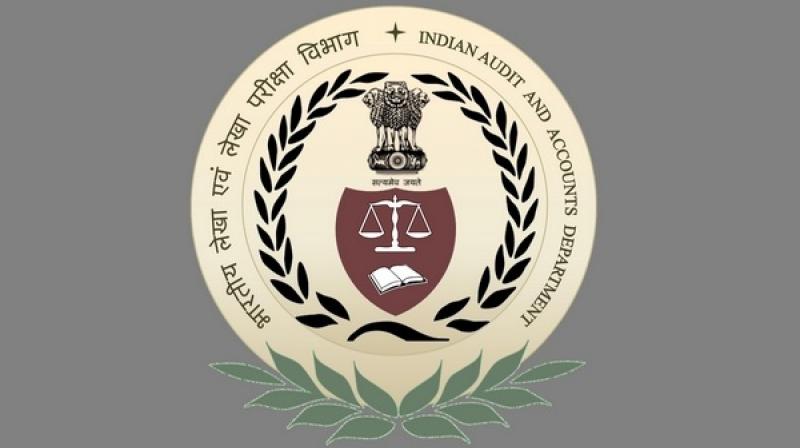CAG highlights Telangana failure in four irrigation projects
The objective was to create irrigation facilities for 12.95 lakh acres of land through the projects.

HYDERABAD: The Comptroller and Auditor General (CAG) of India has highlighted how four irrigation projects in Telangana which were shortlisted by the Centre under the Accelerated Irrigation Benefits Programme (AIBP), remain incomplete after over a decade, even though the deadline for their completion was two years. Three of the four irrigation projects are major projects – the Devadula Lift Irrigation Scheme, Stage 2 of the Sriramsagar Project, and the Ind-iramma Flood Flow Canal – while one is a medium-sized project – the Palem-vagu Project.
As per the AIBP guidelines of 2006, the Government of India was supposed to provide Central As-sistance to cover 25 per cent of the project cost for shortlisted projects, while the state was supposed to bear the remaining 75 percent. The objective was to create irrigation facilities for 12.95 lakh acres of land through the projects. Ho-wever, as of March 2017, only 45 per cent of that area, 5.77 lakh acres, was irrigated. Also, total utilisation was just nine percent with nil utilisation for Sriramsagar and Indiramma Flood Flow canal due to shortfall in availability of water.
The CAG emphasised how Rs 4,711 crore had been spent on the Indiramma Flood Flow Canal, but the project had failed to provide any irrigation facilities because the required reservoirs had not been completed. The Devadula and the Sriramsagar did not rece-ive the total funds from the Centre because of the slow incurrence of expenditure. According to the government, the slow progress was a result of delays in land acquisition, inter-departmental issues and unforeseeable ground conditions for excavation.
The CAG report stated that additional items of work had been taken up due to the shortage of wa-ter and they had increased the financial burden. Changes in the scope of work had also caused project costs to rise. The CAG also reviewed the implementation of Mission Kakatiya, from the launch of the mission to March 2017. It checked works on 145 tanks in 15 divisions which cost nearly Rs 96 crore.
The aim of Mission Kakatiya is to restore all 46,531 tanks in the state in five years. The restoration of 21,670 tanks by August 2017 was proposed; however, only 28 per cent of th-em, 7901 tanks, were restored. The removal of silt is an important component of the restoration works. When asked about shortfalls in the removal of silt, the state government said that farmers were not interested in taking the silt because it was not useful for agriculture.
The CAG said that this report was not acceptable as guidelines prescribed priority was to be given to tanks were farmers agre-ed to transport silt. It also observed that no-priority tanks and mini tank bunds, which are primarily used for recreational purposes, were taken up for restoration in the first and second phases of the project. The restoration works are supposed to irrigate 10 lakh acres of gap ayacut. The CAG observed that there was no mention of the gap ayacut in the estimates for the individual works.

